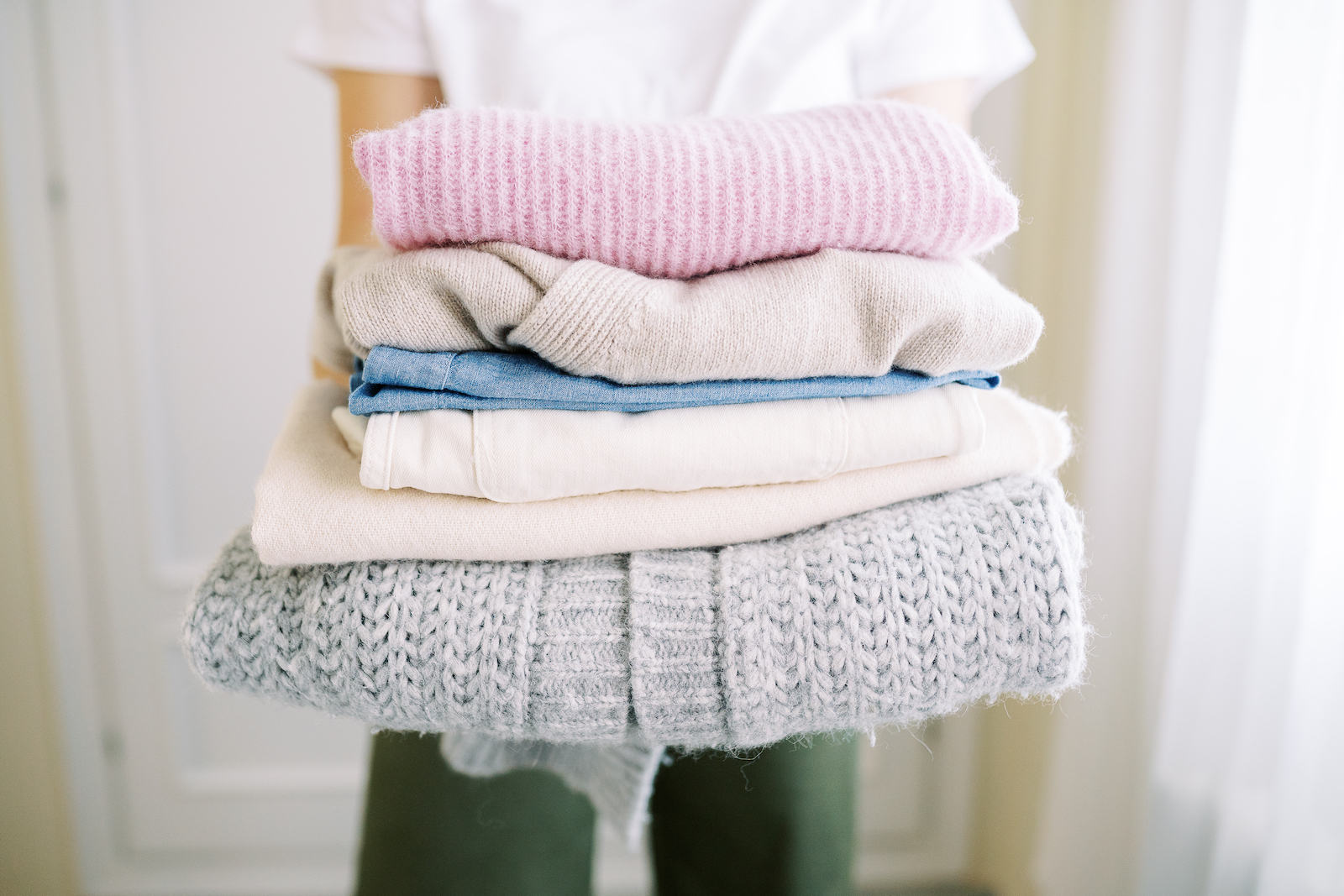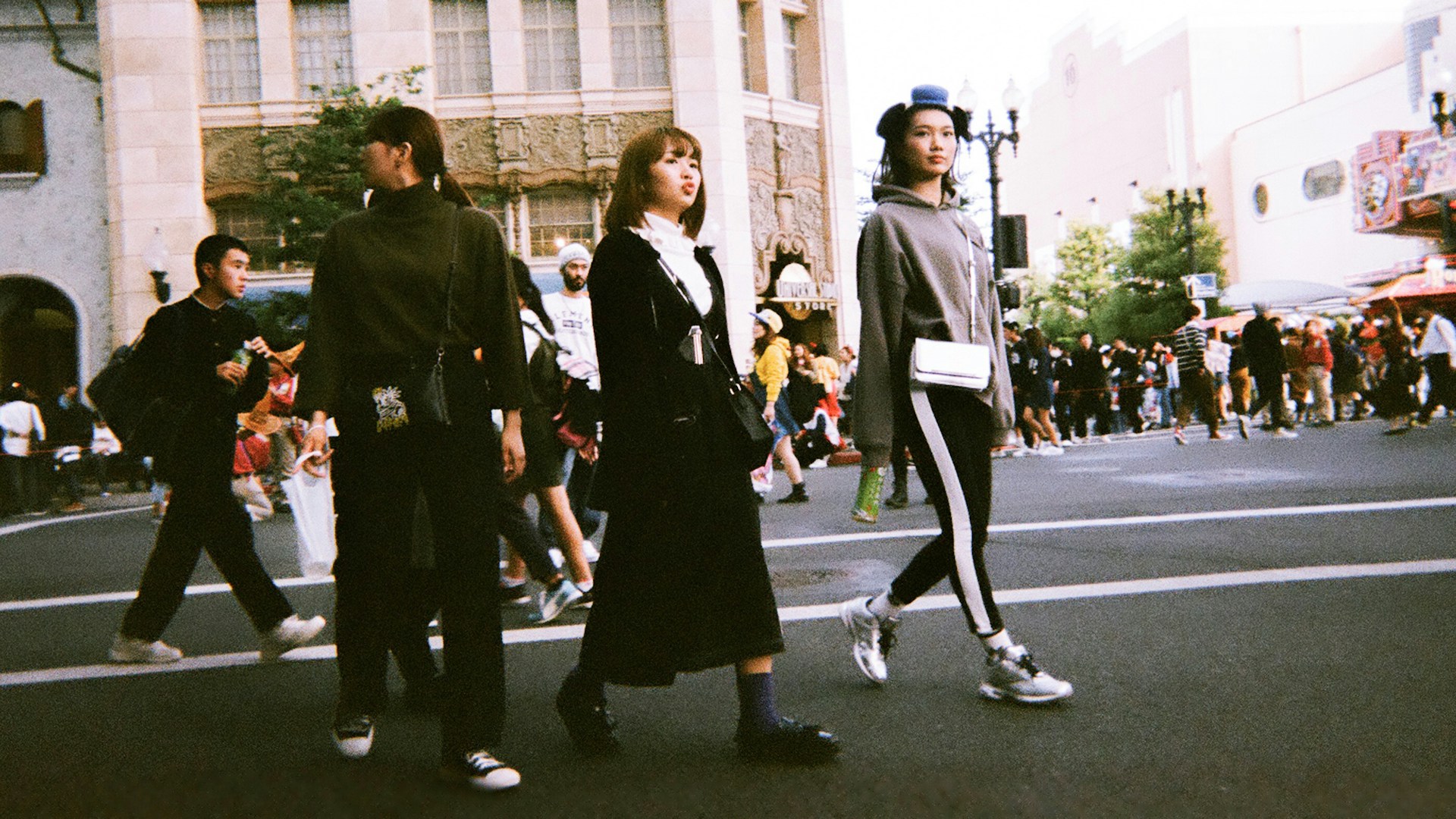
Sustainable Fabrics You’ve Never Heard Of (But Should Try!)
In the fashion world, sustainability is more than a passing trend—it’s becoming a necessity. While fabrics like organic cotton, hemp, and bamboo often steal the spotlight, there’s a growing list of innovative materials making waves for their minimal environmental impact. These hidden gems are redefining what eco-friendly fashion can look and feel like. Whether you’re a conscious consumer or a designer looking to reduce waste, these under-the-radar fabrics deserve a spot in your wardrobe (and your vocabulary). Let’s explore some remarkable sustainable fabrics that are quietly revolutionizing the textile industry—each one with unique benefits for people and the planet.
1. Piñatex: Turning Pineapple Leaves into Leather
Piñatex is one of the most exciting innovations in sustainable textiles. Made from the cellulose fibers of pineapple leaves—an agricultural waste product—it offers an ethical alternative to animal leather. The process involves extracting fibers from discarded leaves, then transforming them into a durable, flexible, and biodegradable fabric. Piñatex requires no additional land, water, or harmful chemicals, making it incredibly resource-efficient. The material is lightweight yet strong and has found its way into shoes, bags, and even upholstery. Many designers love Piñatex not only for its sustainability but also for its unique texture and luxurious feel. If you’re looking for cruelty-free leather without compromising on style, Piñatex is a must-try fabric that proves innovation and compassion can go hand in hand.
2. Orange Fiber: Fashion from Fruit Waste
Imagine your favorite silky blouse being made from orange peels—that’s the magic of Orange Fiber. Developed in Italy, this fabric transforms the byproducts of the citrus juice industry into a soft, breathable textile that closely resembles silk. Every year, tons of citrus waste end up in landfills, but Orange Fiber’s creators have turned that problem into a solution. The process extracts cellulose from orange peels, which is then spun into smooth, high-quality yarn. The result is a fabric that’s not only sustainable but also rich in vitamin C-based oils, providing a natural softness and glow. Luxury brands like Salvatore Ferragamo have already embraced Orange Fiber for their eco-conscious collections. It’s an excellent choice for those who value elegance and sustainability in equal measure.
3. Qmonos: The Future of Synthetic Silk
Qmonos might sound futuristic—and it is. Named after the Japanese word for “spider web,” this bioengineered silk is created through a fermentation process using genetically modified bacteria. The result? A fabric that mimics the strength and elasticity of spider silk without any animal involvement. Qmonos is stronger than steel by weight, yet soft and lightweight, making it perfect for fashion, medical, and even aerospace applications. Unlike traditional synthetic fabrics such as nylon or polyester, Qmonos is biodegradable and doesn’t release harmful microplastics. It’s still in limited production, but its potential is enormous. As technology advances, Qmonos could become a game-changer in creating high-performance, sustainable fabrics that are as kind to the Earth as they are durable.
4. S.Café: Where Coffee Meets Clothing
If you thought your morning coffee couldn’t get any better, think again. S.Café is an innovative fabric made from recycled coffee grounds combined with polyester. The result is a soft, quick-drying, odor-resistant textile that’s perfect for activewear and outdoor clothing. The process involves turning spent coffee grounds into microscopic particles, which are then embedded into the yarn’s surface. This gives S.Café natural UV protection and excellent moisture management properties. What’s even better is that it reuses coffee waste that would otherwise contribute to landfill emissions. It’s a great example of how creative thinking can transform everyday waste into functional, stylish fashion. So the next time you sip your latte, you might be wearing part of it too!
5. Tencel (Lyocell): The Unsung Hero of Sustainable Fashion
Tencel, also known as Lyocell, has been around for a while, but it still doesn’t get the recognition it deserves. Made from sustainably sourced wood pulp—typically eucalyptus, beech, or spruce—it’s produced in a closed-loop system where nearly all solvents are recovered and reused. The result is a silky-smooth fabric that’s biodegradable, breathable, and gentle on the skin. Tencel is highly versatile, appearing in everything from denim and shirts to bed linens. Its production requires significantly less water and energy compared to cotton, making it a go-to for eco-conscious brands. Beyond its environmental benefits, Tencel’s ability to regulate temperature and resist wrinkles makes it an everyday luxury worth trying.
Final Thoughts: The Future is Fabric
As sustainability becomes central to fashion’s future, these innovative materials prove that creativity and conscience can coexist beautifully. From pineapple leaves and orange peels to coffee grounds and spider silk, the textile industry is undergoing a transformation that turns waste into wonder. While some of these fabrics are still emerging, their potential to reshape the way we think about clothing is immense. Next time you shop or design, look beyond the label and explore these next-generation fabrics—you might just discover your new favorite texture and help the planet in the process.



